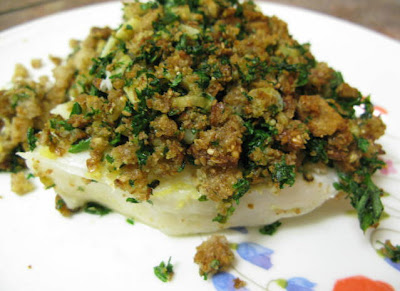
Hello, wine and food friends! Welcome back to Cèpage et Cuisine, Mary’s and Brian’s wine and food blog. After our last blog entry on Riesling, we got in the mood for some zesty Cajun cuisine, a style of food that pairs fantastically with Riesling. Today’s post is about shrimp étouffée.
Etouffée is a French term that translates roughly to “smothered.” It refers to a rich sauce of flour and onions cooked in butter to make a roux. It is seasoned with pepper, spices, and garlic. It is most characteristic of southern Louisiana but widely prepared in kitchens here in central and southern Mississippi, especially across the coastal counties on the Gulf of Mexico. The roux typically includes what is known as the holy trinity of Cajun cooking … onions, green peppers, and celery. The whole dish is served over white rice.
The protein highlight of étoufée is usually shellfish, either shrimp or crawfish tails, but you can use chicken, turtle, or alligator. We don’t often see turtle and alligator in typical grocery stores here in Jackson, but they are common in specialty seafood markets and the markets of south Louisiana. The dish we’re describing today used shrimp.
Here are photos of the dish in preparation with Mary describing how she works her magic.
Ingredients are butter and flour, onion, bell pepper and celery, garlic and chopped tomatoes, bay leaves and parsley, cayenne pepper and Essence of Emeril (or other Cajun seasoning), vegetable stock, and of course, shrimp and rice. I bought the shrimp fresh with the tails on. Brian peeled and deveined them and removed the tails. I was very happy about that!
Flour (we use whole wheat because of Brian) is added to melted butter to make the roux in a small sauté pan. That was cooked for about 10 minutes, until it resembled peanut butter. The trinity was added and cooked for 10 minutes. Tomatoes and seasonings were added and cooked about 5 minutes more.
Once the stock was added, the whole thing simmered for about 45 minutes.
The shrimp was added, cooked another 10 minutes, and served over rice. Delish!
Here comes Brian again to talk about the wine.
As I mentioned previously, Riesling is perfect for pairing with Asian food or spicy food such as Cajun cuisine. Either dry or sweet, the fruit and mineral character and the fresh acidity enhance the food and the food enhances the wine. I won’t talk too much about Riesling since I discussed it in the previous post, but the wine we chose for this dish was a dry style from Alsace. Here are my notes on the wine.
Hugel et Fils Riesling Alsace 1998. This wine had delightful aromas of citrus and flinty minerality on the nose. Mary detected an orange fruit character. The palate showed bracing acidity, light body, almost what I might call ethereal, and wonderful grapefruit citrus and mineral notes. Deliciously balanced and fresh, perfect for pairing with a Cajun shrimp étouffée. Modestly complex, but fine for a straight Alsace AOC wine. 11.5% alcohol. It was a bargain at $15.
Here’s the final product again. Doesn’t that look great? Add some lagniappe and joie de vivre to your cooking and try a Cajun dish with a chilled Riesling. Mardi Gras is just around the corner!
That’s our post for today. We hope you enjoyed it. Check back again at Cèpage et Cuisine for more wine and food adventures.
Cheers,
Brian♥Mary











































